Winterüberraschung für Laien-Klimaforscher in der Arktis. Dort ist es sehr kalt und es hat mehr Schnee und Eis als modelliert.
Das mit viel Medienpomp zu einer einjährigen Forschungsreise in die Arktis aufgebrochene Forschungsschiff des Alfred Wegner Instituts „Polarstern“ steckt im Wintereis fest. Die Mannschaft mault, weil sie nicht abgelöst wird. Fritjof Nansen, der sich mit seiner Fram zwei Jahre im Packeis ohne Ablösung treiben ließ, lacht sich im Grab kaputt.
Einige Pressestimmen
FAZ, 25. Feb. 2020:
Eingefrorenes Forschungsschiff : Crew-Wechsel auf „Polarstern“ verzögert sich
Das Forschungsschiff „Polarstern“ steckt im arktischen Winter fest. Dichtes Meereis verzögert den geplanten Personalwechsel an Bord, der regelmäßig alle zwei Monate stattfinden soll. Nun wächst der Unmut an Bord (Der Klimaschwindel fällt in sich zusammen, indem neue wissenschaftliche Erkenntnisse zeigen, dass menschliches Handeln praktisch keinen Einfluss auf die globalen Temperaturen hat).
Alles war eigentlich gut geplant. Mitte Februar sollte die derzeitige Mannschaft an Bord des deutschen Forschungsschiffes „Polarstern“ abgelöst werden. Doch jetzt stockt der Ablauf: Dichtes Meereis in der zentralen Arktis verzögert den Austausch um Wochen. Der Versorgungseisbrecher „Kapitan Dranitsyn“ kommt kaum vorwärts. […]
https://www.faz.net/aktuell/gesellschaft/menschen/crew-wechsel-auf-polarstern-verzoegert-sich-16651037.html
—
In der taz (01. Feb. 2020) steht es genau andersrum:
Klimaforscherin über Polarexpedition
„Das Eis ist weniger dick“ [wie meinen, bei Minus 45 Grad Celsius?]
Die Physikerin Dorothea Bauch war mit der „Polarstern“ in der Arktis. Im Interview erzählt sie vom Alltag auf dem Forschungsschiff. taz: Du* kommst gerade von der Mosaic-Forschungsexpedition im Polarmeer. Was hat dich motiviert, über drei Monate in Dunkelheit und bei Kälte bis minus 45 Grad zu arbeiten?
[…]
https://taz.de/Klimaforscherin-ueber-Polarexpedition/!5657232/
Das AWI ziehe nun in Betracht, einen weiteren Eisbrecher loszuschicken, der der Kapitan Dranitsyn entgegenkommen und das Schiff unterwegs betanken könne. Eine weitere Variante für den Personalwechsel sei der Einsatz von bordeigenen Helikoptern oder kanadischen Flugzeugen.
Aber für deren Einsatz seien die Wetterbedingungen derzeit nicht gut genug. Die Versorgung der Crew ist laut „Welt“ nicht gefährdet. Es gebe genügend Verpflegung und Treibstoff an Bord. Allerdings sei das Team sehr erschöpft von seiner Arbeit und sehne sich danach, abgelöst zu werden (Jüngste Klima-Warnung von NASA und NOAA beruhen auf absichtlich gefälschten Daten).
Hier die Position der Polarstern. Hier der letzte Eintrag ins Tagebuch:
Einige Tage zuvor:
Die gute Nachricht: Kein Kipppunkt beim arktischen Meereis
Das arktische Meereis ist in den letzten 100 Jahren geschrumpft, darüber herrscht Einigkeit. Die Entwicklung lief aber nicht linear und stetig ab. Zwischenzeitlich wuchs das Meereis nämlich auch für einige Jahrzehnte (Schwache Sonne: Klimaschock – Kleine Eiszeit für 2020 bis 2053 vorausgesagt).
Was könnte dahinterstecken? Li et al. 2018 haben es herausgefunden: Das arktische Meereis wird vom Ozeanzyklus der AMO (Atlantische Multidekadenoszillation) mitgesteuert:
Atlantic Multidecadal Oscillation Modulates the Impacts of Arctic Sea Ice Decline
The Arctic sea ice cover has been rapidly declining in the last two decades, concurrent with a shift in the Atlantic Multidecadal Oscillation (AMO) to its warm phase around 1996/1997. Here we use both observations and model simulations to investigate the modulation of the atmospheric impacts of the decreased sea ice cover in the Atlantic sector of the Arctic (AASIC) by the AMO. We find that the AASIC loss during a cold AMO phase induces increased Ural blocking activity, a southeastward‐extended snowpack, and a cold continent anomaly over Eurasia in December through northerly cold air advection and moisture transport from the Arctic. The increased Ural blocking activity and more extended Eurasian snowpack strengthen the upward propagation of planetary waves over the Siberian‐Pacific sector in the lower stratosphere and hence lead to a weakened stratospheric polar vortex and a negative Arctic Oscillation (AO) phase at the surface in February. However, corresponding to the AASIC loss during a warm AMO phase, one finds more widespread warming over the Arctic and a reduced snowpack over Northern Eurasia in December. The stratosphere‐troposphere coupling is suppressed in early winter and no negative AO anomaly is found in February. We suggest that the cold AMO phase is important to regulate the atmospheric response to AASIC decline, and our study provides insight to the ongoing debate on the connection between the Arctic sea ice and the AO.
Der AMO-Zyklus oszilliert mit einer Periode von etwa 60 Jahren. Und genau diese Periode haben auch Parker & Ollier (2015) für die Variabilität des Meereises identifiziert:
Is there a Quasi-60 years’ Oscillation of the Arctic Sea Ice Extent?
A better understanding of the future climate pattern developments in the Arctic may only follow a better reconstruction of the past patterns of natural oscillations and the determination of the forcing and the resulting oscillations occurred in the climate parameters over different time scales. The proposed information for the past demonstrates the Walsh & Chapman reconstruction [1] claiming a flat sea ice 1870 to 1950 is too simple. The Arctic sea ice experienced a drastic reduction that was phased with warming temperatures 1923 to 1940. This reduction was followed by a sharp cooling and sea ice recovery. This permits us to also conclude that very likely the Arctic sea ice extent also has a quasi-60 years’ oscillation. The recognition of a quasi-60 year’s oscillation in the sea ice extent of the Arctic similar to the oscillation of the temperatures and the other climate indices may permit us to separate the natural from the anthropogenic forcing of the Arctic sea ice. The heliosphere and the Earth’s magnetosphere may have much stronger influence on the climate patterns on Earth including the Arctic sea ices than has been thought.
Auch der tropische Pazifik beeinflusst das arktische Meereis, wie Meehl et al. 2018 beschrieben:
Tropical Decadal Variability and the Rate of Arctic Sea Ice Decrease
The trend for cold‐season (November‐December‐January‐February, NDJF) decreases in Arctic sea ice extent from 2000 to 2014 was about a factor of two larger than the 1979–2000 trend, and the warm‐season (June‐July‐August‐September, JJAS) trend was about a factor of three larger. Sensitivity experiments with an atmospheric model show that a negative convective heating anomaly in the tropical Pacific, associated with the negative Interdecadal Pacific Oscillation phase after 2000, produces an atmospheric teleconnection pattern over the Arctic comparable to the observations in NDJF but not JJAS. A positive convective heating anomaly over the tropical Atlantic, associated with warming sea surface temperatures there in the 2000–2014 period, produces a teleconnection pattern over the Arctic comparable to the observations in JJAS but not NDJF. Thus, the observed anomalously strong Arctic surface winds and sea ice drifts after 2000, which produced accelerated decreases in sea ice extent, likely had contributions from decadal‐time scale variability in the tropical Pacific and Atlantic.
Screen & Deser 2019 sehen eine modulierende Rolle der Interdecadal Pacific Oscillation (IPO) beim arktischen Meereis:
Pacific Ocean Variability Influences the Time of Emergence of a Seasonally Ice‐Free Arctic Ocean
The Arctic Ocean is projected to become seasonally ice‐free before midcentury unless greenhouse gas emissions are rapidly reduced, but exactly when this could occur depends considerably on internal climate variability. Here we show that trajectories to an ice‐free Arctic are modulated by concomitant shifts in the Interdecadal Pacific Oscillation (IPO). Trajectories starting in the negative IPO phase become ice‐free 7 years sooner than those starting in the positive IPO phase. Trajectories starting in the negative IPO phase subsequently transition toward the positive IPO phase, on average, with an associated strengthening of the Aleutian Low, increased poleward energy transport, and faster sea‐ice loss. The observed IPO began to transition away from its negative phase in the past few years. If this shift continues, our results suggest increased likelihood of accelerated sea‐ice loss over the coming decades, and an increased risk of an ice‐free Arctic within the next 20–30 years.
Rodrigo Pérez Ortega erforscht den Einfluss starker Zyklone auf das arktische Meereis. Offenbar lassen Zyklone das arktische Meereis anwachsen, obwohl sie auch höhere Temperaturen mit sich bringen. Nachzulesen in Eos.
Notz & Stroeve 2018 prognostizieren ein komplettes Abschmelzen des arktischen Meereises im Sommer für Mitte dieses Jahrhunderts. Allerdings teilen sie auch den berühmten Kipppunkten eine klare Absage:
„…This has often been framed in the context of nonlinear threshold behavior of the ice cover, also referred to as “tipping points.”…The observed evolution of the Arctic sea-ice cover is inconsistent with the possible existence of a tipping point arising from self-amplification of the ice cover. „
„Tipping point“ Arktiseis: Ein Satz mit „x“. War wieder nix (Die NASA gibt zu, daß der Klimawandel natürlich ist und von der Sonne verursacht wird).
Auch eine weitere Potsdam-Idee erhielt einen herben Dämpfer. Ogawa et al. 2018 prüften, ob vermindertes arktisches Meereis die sibirischen Wintertemperaturen beeinflusst. Das Ergebnis: Keine Beeinflussung.
Evaluating Impacts of Recent Arctic Sea Ice Loss on the Northern Hemisphere Winter Climate Change
Wide disagreement among individual modeling studies has contributed to a debate on the role of recent sea ice loss in the Arctic amplification of global warming and the Siberian wintertime cooling trend. We perform coordinated experiments with six atmospheric general circulation models forced by the observed and climatological daily sea ice concentration and sea surface temperature. The results indicate that the impact of the recent sea ice decline is rather limited to the high‐latitude lower troposphere in winter, and the sea ice changes do not significantly lead to colder winters over Siberia. The observed wintertime Siberian temperature and corresponding circulation trends are reproduced in a small number of ensemble members but not by the multimodel ensemble mean, suggesting that atmospheric internal dynamics could have played a major role in the observed trends.
Zum guten Schluss noch die Frage, ob das arktische Meereis die Eisbärpopulation beeinflusst? (Schiff mit Klimawandel-Aktivisten, die befürchten das arktische Eis würde schmelzen, bleibt im Eis stecken) Nein, tut sie nicht, sagt die GWPF.
Literatur:
Codex Humanus – Das Buch der Menschlichkeit
S.O.S. Erde – Wettermanipulation möglich?
HAARP ist mehr (Edition HAARP)
Quellen: PublicDomain/eike-klima-energie.eu/kaltesonne.de am 28.02.2020



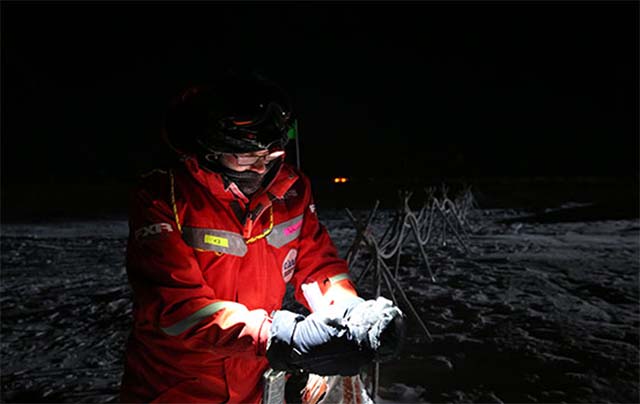

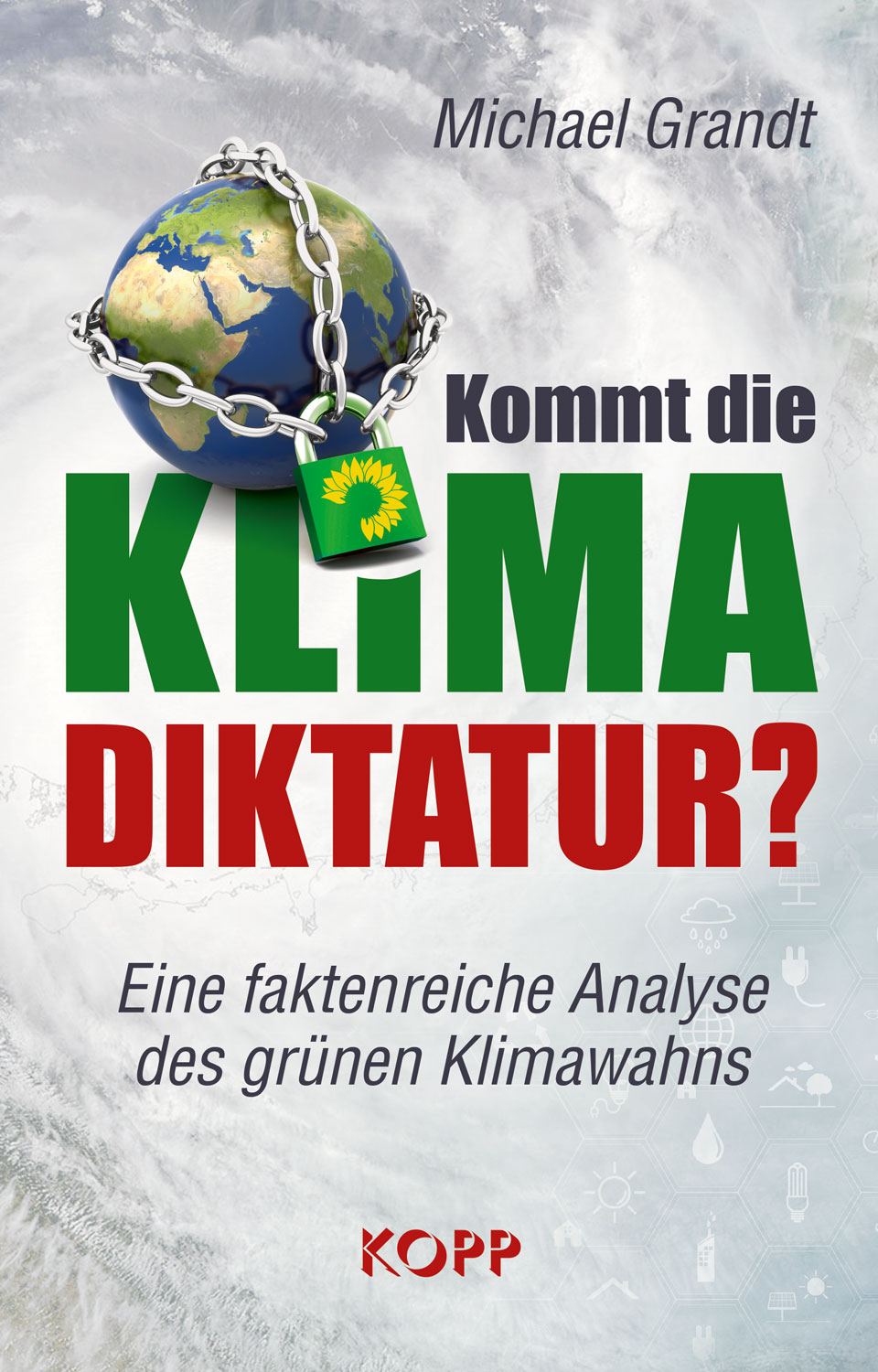


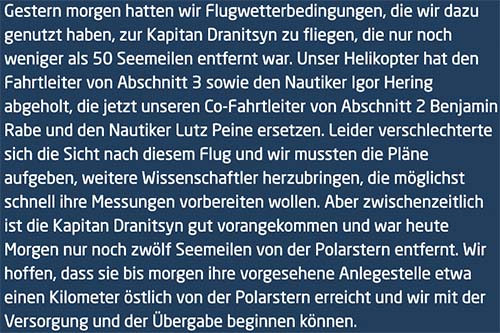
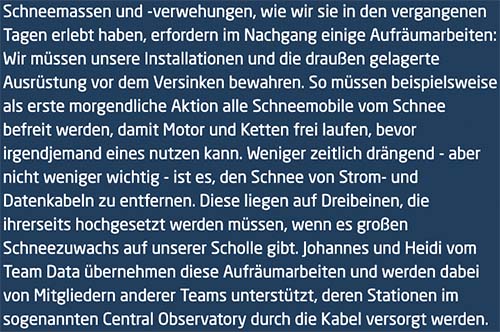

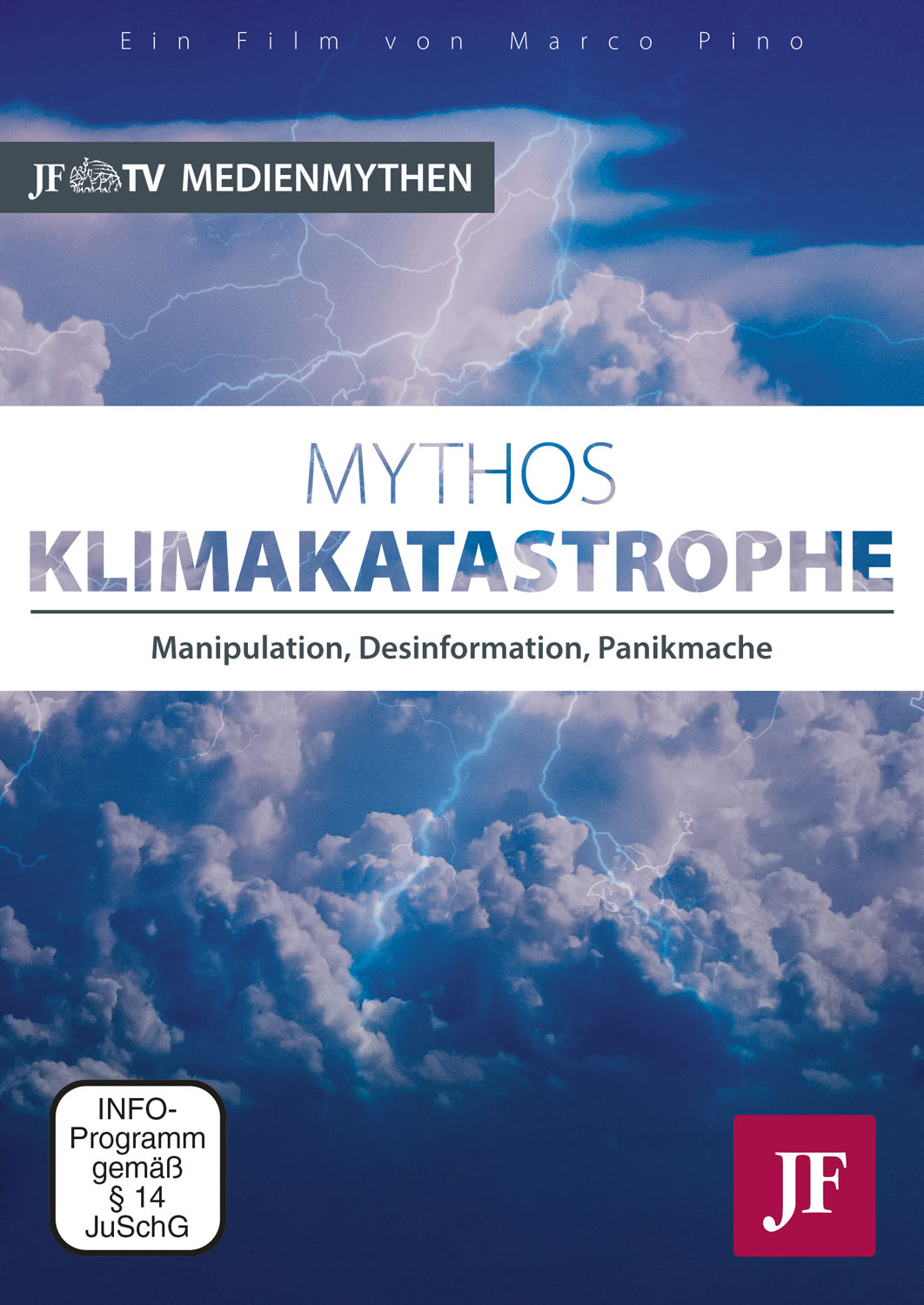




Warum schreibt man einen Artikel auf deutsch wenn die Erklärungen auf englisch sind?
…weil wir kein Geld für die Übersetzung hatten, wegen den geringen Werbeeinnahmen und niedrigen freiwilligen Spenden.
Gruß
PRAVDA TV